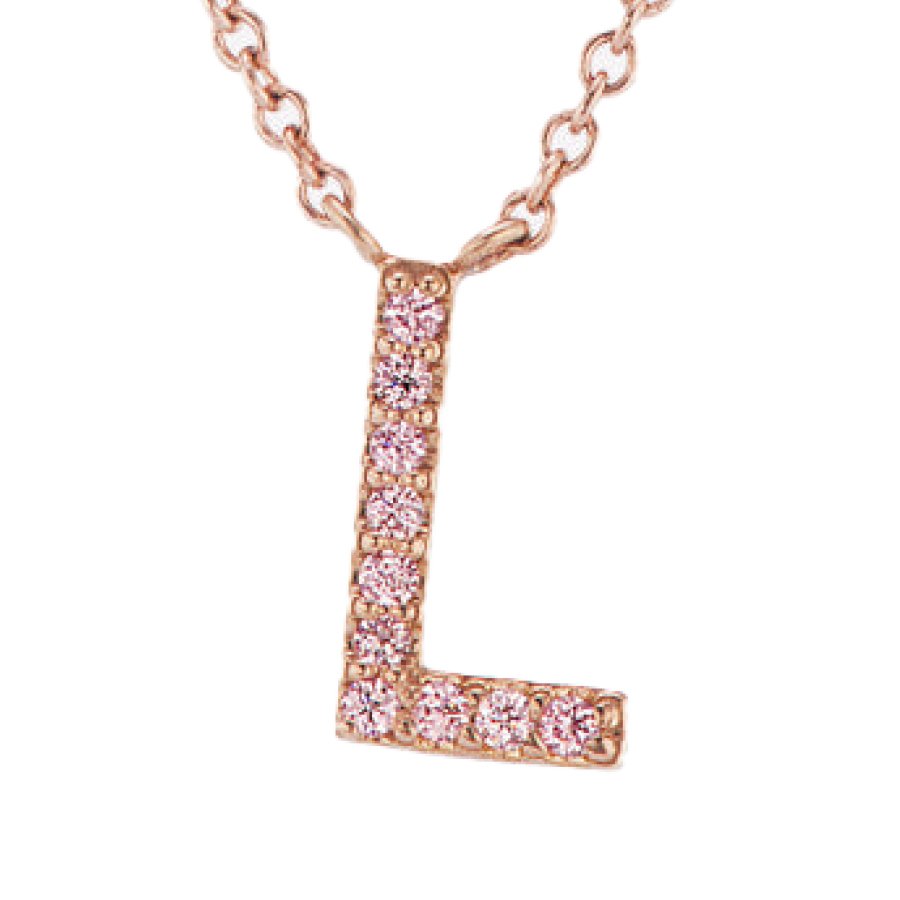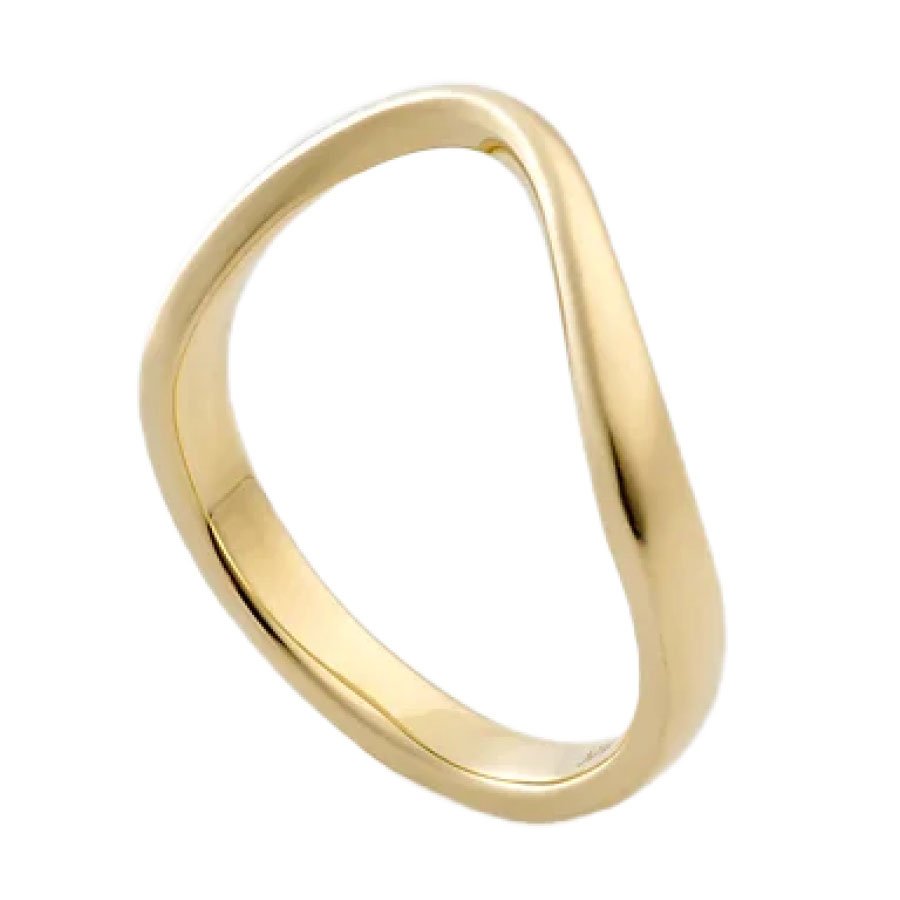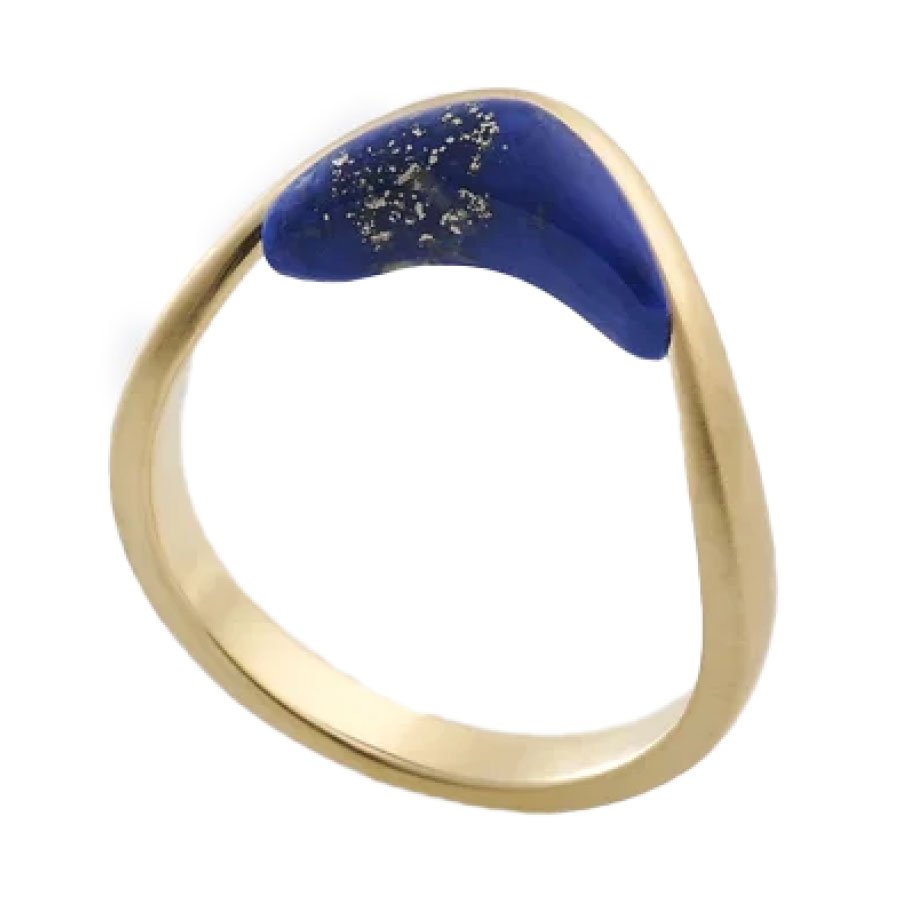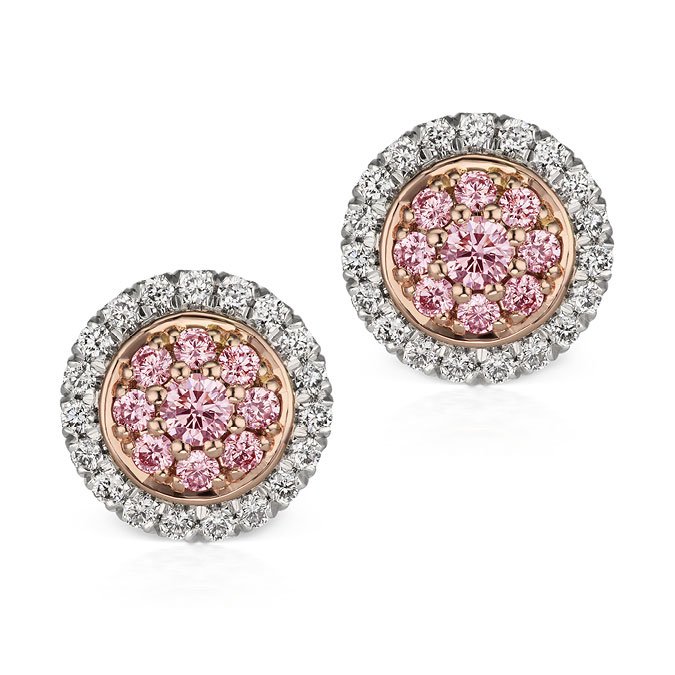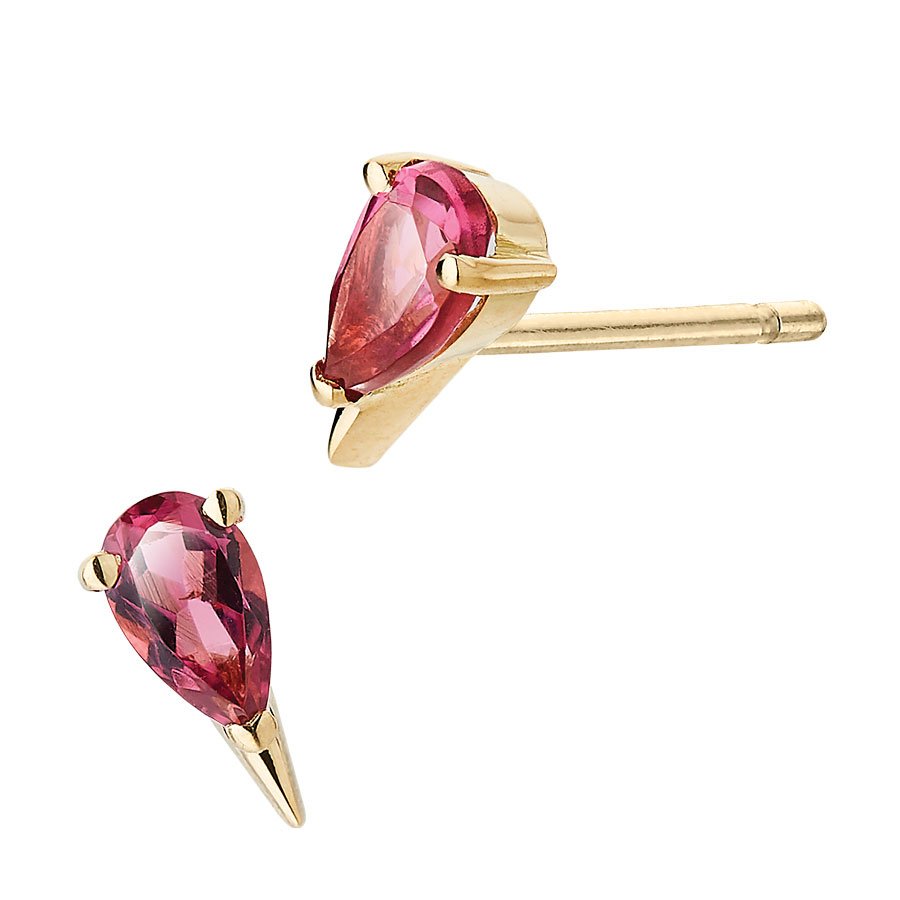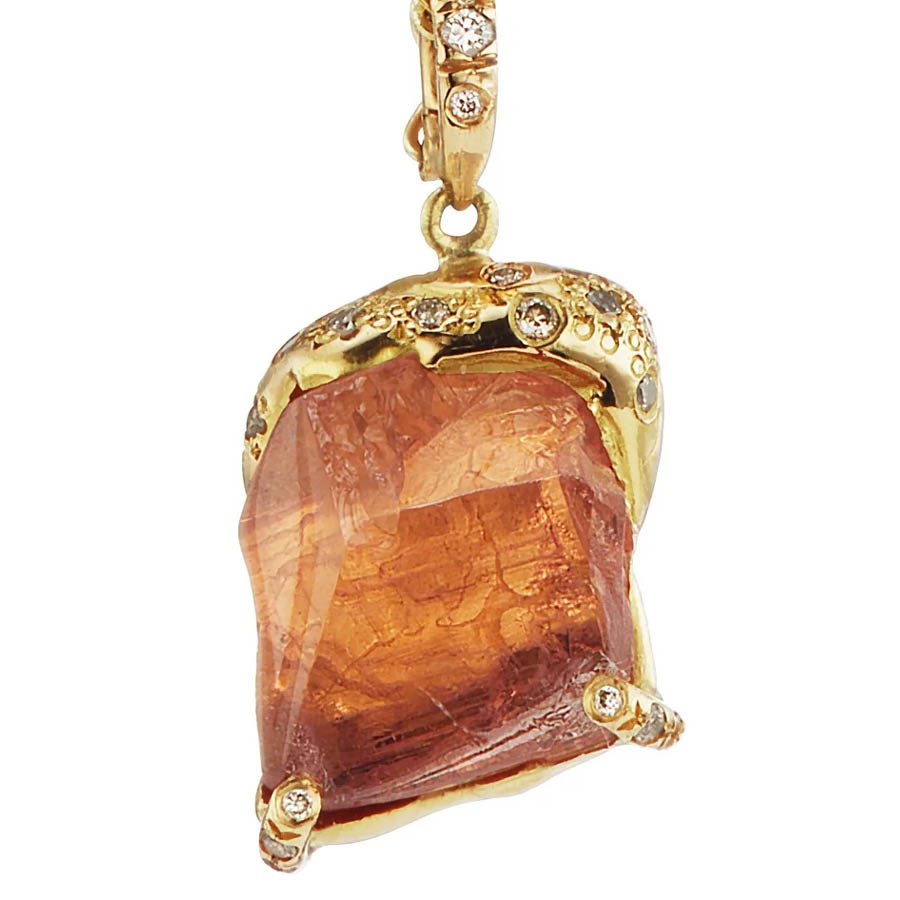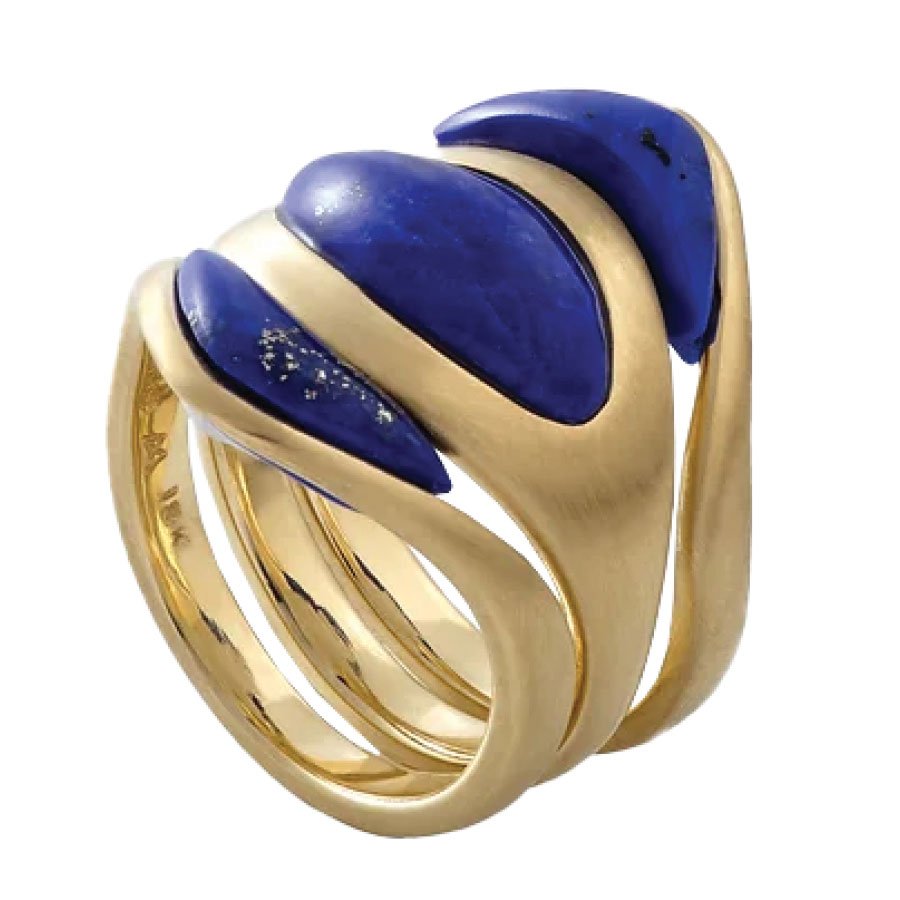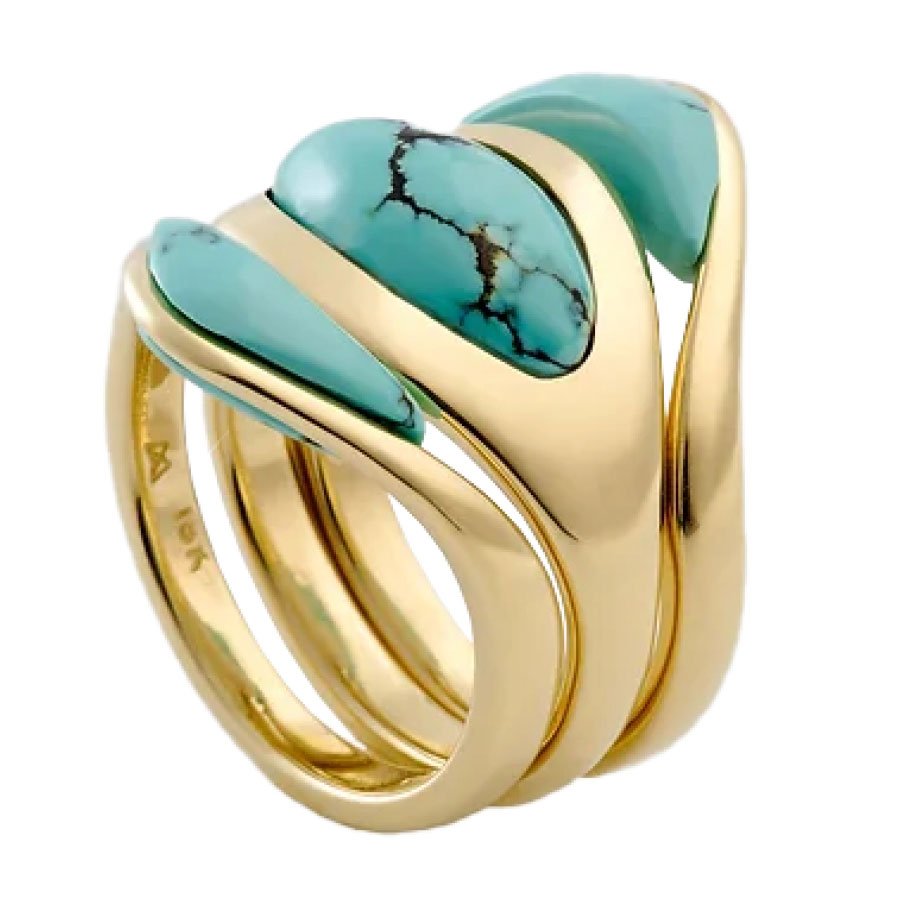A Vegan Guide to Fine Jewelry
THE REALITIES OF FINE JEWELRY: WHAT VEGANS (AND THEIR PARTNERS) NEED TO KNOW
Many of us make intentional purchases and investments that align with our values. It can be difficult to know the who, where, and how of any industry - from the food we eat, to the clothes we wear, to the mobile devices we rely on.
For vegans, this means products are crafted using cruelty-free materials and tools across the supply chain without harming animals or using animal byproducts.
Perfection in any industry does not exist, but there is an opportunity to “start where we are” to adopt better practices. This is why acknowledging the realities involved in creating fine jewelry is important, be it your engagement ring or go-to statement necklace. Some may surprise you, but first…
A NOTE ON RESPONSIBLE SOURCING
The words eco, ethical, and sustainable are ambiguous and overused - and they may not mean what you think! Gemstones and precious metals are finite natural resources that are not themselves sustainable, but remote mining communities can be. Read more on the “S” Word.
A better goal is responsible sourcing. Beyond ethical, conflict-free, and traceable, it encompasses protecting people, their skills, and the natural environment, be it land or sea.
Best of all, responsible sourcing supports climate action and UN SDGs!
Jewelry designers who practice responsible sourcing carefully consider ways their supply chain and methods can mitigate negative impacts on people in remote communities and the natural world.
Regardless if you are reading this as a partner of a vegan, new to veganism, or an established vegan, this is for you, so stay with me…
1. JEWELRY “INGREDIENTS” TO AVOID
For someone purchasing a jewelry gift for a vegan in their life, a list of animal and animal byproducts to avoid includes pearls, silk, leather, ivory, bone, insects, feathers, fur, and coral. Some naturally shed products to be aware of are shells, teeth, hair, and antler.
2. GEMSTONE FACETING AND SETTING INVOLVES BEESWAX
When a natural diamond, lab-grown diamond, or colored gemstone is faceted on a rotating wheel (called a lap), it is securely attached to a metal holder with a thermal adhesive called “dop”. This critical substance for lapidary can include beeswax or shellac in its formula. Shellac is a resin secreted by the female lac bug on trees.
A lesser-used alternative is petroleum-based. Waxes from the crude oil refining process are not biodegradable.
My responsibly sourced gemstone partner, Nomad’s, uses a dop wax that has a synthetic shellac base. If this is important to you, let’s connect to create a bespoke piece using their gemstones.
When gemstones are set into jewelry, a similarly composed “setter’s cement” can also include shellac. There is a corn protein alternative to shellac, called zein, that may soon be finding its way into jewelry making.
Polishing compounds often contain animal fats. Lubricants for saws and motor equipment are often formulated with beeswax, which in some cases can be replaced with plant oils.
3. WHERE THERE IS FLAME, THERE IS LEATHER
Any jewelry made with precious metal involves fire for soldering joints, prongs, links, etc. Leather aprons are critical heat and fire-resistant protective gear found across the supply chain from artisanal mining communities to metal refineries to jewelers’ benches. Vegan leather alternatives are either plant-based or petroleum-based - both of which are highly combustible.
4. RAWHIDE, HAIR, AND HORN TOOLS
Commonly used tools that can be found at the jewelry bench include rawhide mallets to shape metals, animal hair for polishing and buffing, and animal bones and horns for burnishing and sculpting. Some designers and bench jewelers have found alternatives such as tools made of wood.
5. CASTING TECHNIQUES
Beeswax has been used in jewelry making for thousands of years. Jewelry that is fully handcrafted by highly skilled makers often uses a traditional technique, called lost wax casting.
The waxes in this method have varying amounts of beeswax, which is sustainable, reusable, and biodegradable. Another widely used jewelry carving wax is Ferris File-a-Wax - a mixture of petroleum-based waxes that are not biodegradable.
When jewelry is designed using CAD, a 3D model is printed using material such as Castable Wax Resin with varying percentages of an unknown form of wax.
Another ancient (6th-century BC) method involves carving cuttlefish bone. Artisans carve negative space into the material that would eventually be cast with metal. An alternative is tufa stone.
6. SILK NECKLACE STRANDS
While pearl strands strung with silk are not vegan, synthetic alternatives can be plastic beads strung on nylon (petroleum-based) bead cord. Keep in mind that quite a lot of synthetic jewelry ends up in landfills.
Swarovski has created “pearls” that have a crystal core with a vegan-friendly iridescent coating.
A beautiful alternative to pearls is gemstone beads! These can be a divine array of round or organically shaped cabochon beads or micro-faceted gems that really sparkle - and turn heads.
The issues with vegan bead cord alternatives, such as banana or hemp, are the integrity of their strength and not being fine enough to pass through small beads.
WHETHER SHOPPING FOR YOURSELF OR A JEWELRY GIFT FOR YOUR WIFE OR PARTNER, IT’S TIME TO FIND YOUR MATCH!
SHOP RESPONSIBLY SOURCED FINE JEWELRY
All The Brilliants is a proud member of the United Nations Fashion and Lifestyle Network!
INVESTING IN FEWER BETTER THINGS THAT ENDURE WILL ALWAYS BE BETTER FOR THE EARTH
As your fine jewelry guide, I help you rediscover what you already have, invest in pieces that celebrate your story, or select an intentional jewelry gift to ensure they feel loved.
JOIN OUR BRILLIANT COMMUNITY OF WOMEN LEADERS!
Sign up and step into our inner circle to experience:
insider access to thoughtfully designed jewelry by women
invitations to memorable educational experiences
engaging conversations with women leaders who are changing the world
style tips to ensure you feel confident, seen, and powerful
As an advocate and educator of responsible sourcing, I specialize in helping you acquire thoughtfully designed jewelry made by women.
Whether you are an industry changemaker, chairwoman of the board, or CEO of your household, let’s connect about fine jewelry that amplifies your visibility and personal style.









